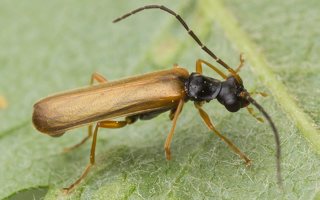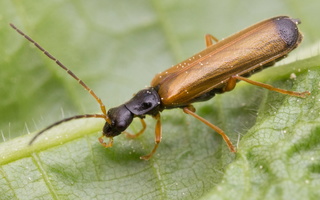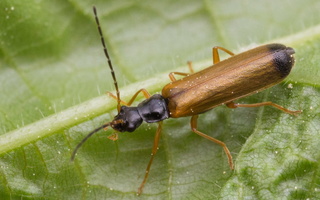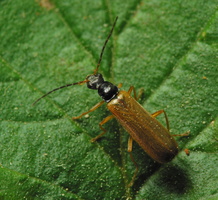- sort orderDefault
Photo title, A → Z
Photo title, Z → A
✔ Date created, new → old
Date created, old → new
Date posted, new → old
Date posted, old → new
Visits, high → low
Random - Google Map
- map
 home / Insecta · vabzdžiai / Coleoptera · vabalai / Cantharidae · minkštavabaliai / Rhagonycha lignosa · krūminis minkštavabalis
home / Insecta · vabzdžiai / Coleoptera · vabalai / Cantharidae · minkštavabaliai / Rhagonycha lignosa · krūminis minkštavabalis

-
 Rhagonycha lignosa · krūminis minkštavabalis
Rhagonycha lignosa · krūminis minkštavabalis
-
 Rhagonycha lignosa · krūminis minkštavabalis
Rhagonycha lignosa · krūminis minkštavabalis
-
 Rhagonycha lignosa · krūminis minkštavabalis
Rhagonycha lignosa · krūminis minkštavabalis
-
 Rhagonycha lignosa · krūminis minkštavabalis
Rhagonycha lignosa · krūminis minkštavabalis
Rhagonycha lignosa · krūminis minkštavabalis
- Bleiche Fliegenkäfer
- hakasylkikuoriainen
- krūminis minkštavabalis
- zmięk łęgowy
- ukbeetles.co.uk/rhagonycha-lignosa
- naturespot.org/species/rhagonycha-lignosa
- gbif.org/species/4429807
This native and widespread Western Palaearctic species occurs throughout Europe from the Mediterranean to southern Scandinavia and the U.K. and east through Russia to the Caspian Sea. It is predominantly a woodland species found in open coniferous and deciduous woodland, wooded borders and parkland, hedgerows and suitable gardens etc. Adults are predaceous, feeding on a range if small invertebrates, and in some parts of northern Europe it is considered one of the most important predators of green spruce aphid, Elatobium abietinum (Walker). They occur from May to July or August depending on the season and are initially common on Crataegus blossom, a little later they will be found on various flowers but particularly umbels (Apiaceae).
6-7.5mm, entirely dark forebody, pale elytra and appendages. Head entirely black; very sparsely and finely punctured and pubescent and generally with a weak microsculpture (X20). Antennae long and slender with all segments elongate; the second shorter than the first or third, dark with three or four basal segments variously pale. Eyes convex and prominent in front of long and curved temples that are generally covered by the pronotum. Clypeus flat or weakly concave between the antennal insertions. Pronotum quadrate or slightly transverse; entirely black and punctured and pubescent as the head, often with weak microsculpture. Broadest in front of the posterior angles where there is a small, sometimes weakly-defined tooth, anterior angle rounded, posterior angles obtuse and the lateral margins narrowly explanate. Scutellum black, as the pronotum, and finely punctured and pubescent. Elytra long and slender with prominent shoulders, gently sinuate, lateral margins and separately rounded apices. The surface is strongly granulate with fine punctation and pale, semi-erect pubescence. Legs entirely testaceous or, sometimes, with the basal tarsomeres darkened. The third tarsomere is conical but not lobed, the fourth strongly bilobed. Each claw split longitudinally.